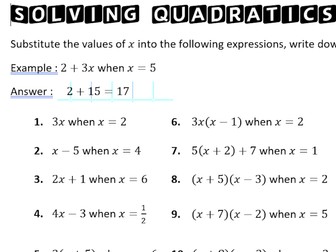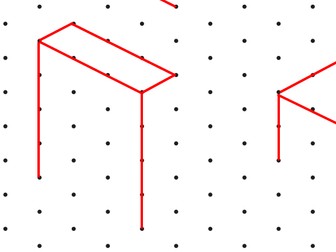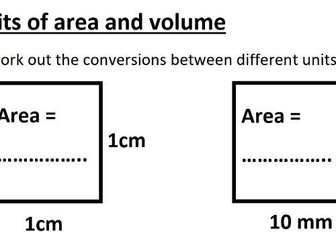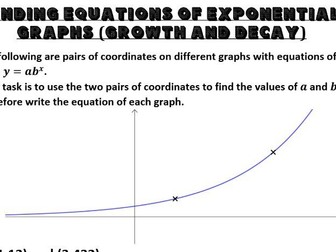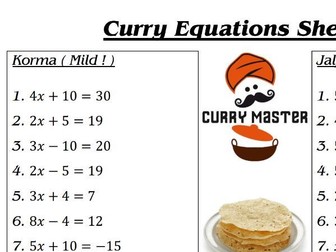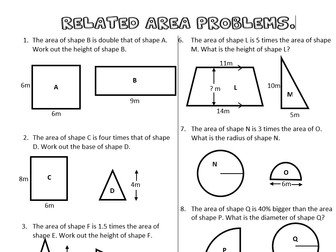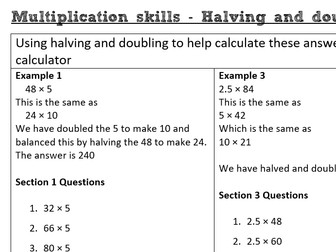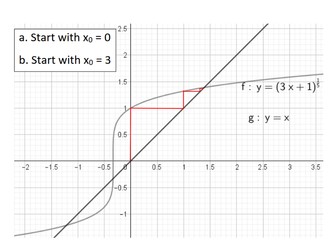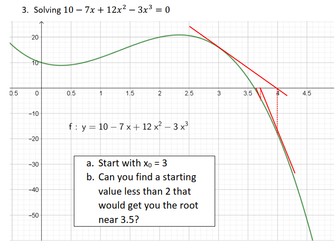
Learning to solve quadratics by factorisation
This is a slightly informal way of learning to solve quadratics by factorisation.
My class had already learnt to factorise in previous lessons and we followed this up with these activities.
Included are a starter and a main worksheet both WITH ANSWERS.
Designed such that students learn to solve by substitution and do so largely by themselves.
The starter should be followed by a discussion of why the last few substitutions give zero, followed by some board questions which are asked verbally (factorised quadratics equal to zero).
Then the main sheet can be started.
